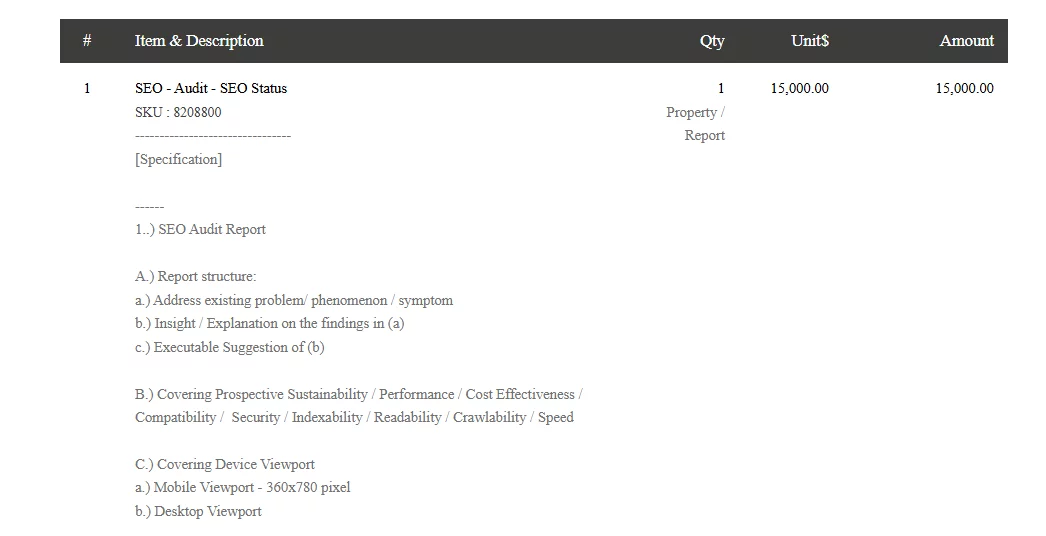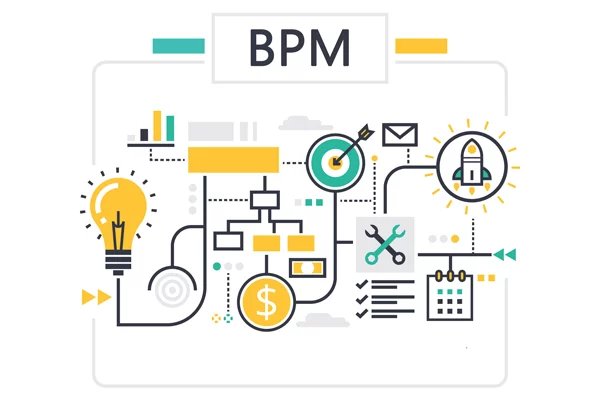Category: Knowledge Base
-
Google Drive Usage in Project Management
Definition Google Drive is a cloud-based file storage provided by Google which is totally free for use if the storage usage is under 15GB. You can regard it as a storage of your hard drive in your laptop, except that the storage is stationed in the Cloud instead of your laptop.. Problem Patterns that Google…
-
Project Kick Off – Client Prospective
-
Whack a Mole (R028)
Definition Whack-A-Mole, literally, is a classic arcade game where players use a mallet to hit plastic moles that pop up randomly from holes on the game board. The objective is to hit as many moles as possible within a set time limit, earning points for each successful hit. In the context of Project Management, the…
-

What is SKUd
Definition of SKUd SKUd is a DDM Terminology and it’s a portmanteau which is consisted of “SKU” and “d”. SKU – A Stock Keeping Unit (SKU) is a unique alphanumeric code used by businesses to identify and track their inventory. SKUs are often represented as barcodes or QR codes and are essential for managing stock…
-

Task Instruction in Teamwork.com
Defintion Task Instruction is the Instruction found in the Task Description Field written by the Task Creator. Sometimes the images related to the Task Instruction will be pasted into the Task Comment, which consists of part of the Task Instruction. The Task Instruction will be attached to SKUd# level, which means 1 SKUd# will only…
-
What is Teamwork.com
Definition Teamwork.com is a SaaS (Software as a Solution) which is a Project Management System applied in Diamond Digital Marketing (DDM) to manage the execution of all project. How teamwork.com looks like What Problem the Teamwork.com Solves Before we dived into the problems we encoutered , allow me to setup the environment that is close…
-

What is Business Process Management System (BPM)
Definition A Business Process Management System (BPMS) is a platform (normally a SaaS) that manages and automates well-defined business processes. It creates an infrastructure that enhances company agility, making work faster and easier. BPM involves modeling, automation, execution, control, measurement, and optimization of business activity flows to support enterprise goals across systems, employees, customers, and…
-
What is Click Path
Click Path is a DDM terminologyⓘ which will normally occur in the instruction of a Task. Definition of Click Path Click The word “Click” inside the term “Click Path” means anything inside the screen in your Web Application or Mobile Application that is Clickable, which is named as Clickable Element Below are some of the…
-
About bGraph
Definition bGraph is a term named by DDM (Diamond Digital Marketing) with the portmanteau of the prefix “b” and the word “Graph” . We apply the word “b” as the prefix due to the fact that the underlying system is built on top of Budibase (initial as “b”), which is a low code SaaS platform…